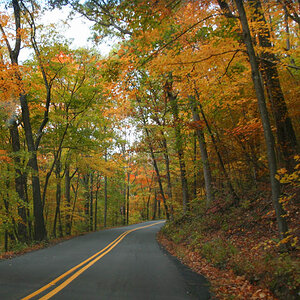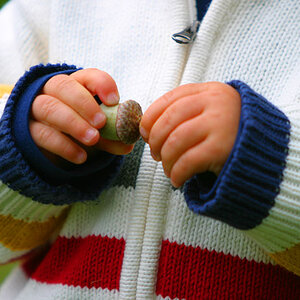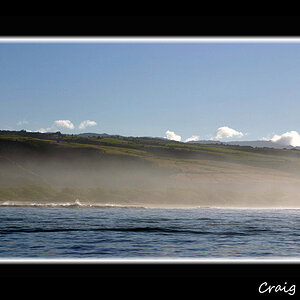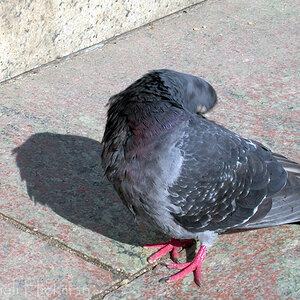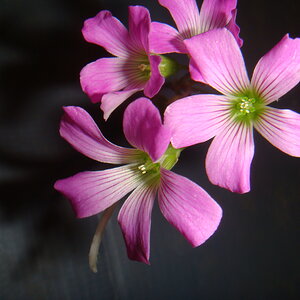sprocket13
TPF Noob!
- Joined
- Jan 6, 2009
- Messages
- 3
- Reaction score
- 0
- Location
- Virginia
- Can others edit my Photos
- Photos NOT OK to edit
Just got into film photography. I've used simple digital cameras and I am familiar with ISO, aperture, exposure, focus, and white balance.
I have picked up my dads old Minolta XD5 and a Minolta Auto 320x flash. I've been reading up on flash photography techniques however I'm not sure how to achieve proper exposure using the flash and camera settings. The dial on the flash is supposed to indicate the proper aperture, however I think this might be for direct flash. If I want to bounce the flash these settings will most likely be different. (If it matters I'm using a MD lens, capable of running in aperture priority)
http://www.andornor.com/gallery/index.php?album=camerasℑ=SD530449.JPG
I have picked up my dads old Minolta XD5 and a Minolta Auto 320x flash. I've been reading up on flash photography techniques however I'm not sure how to achieve proper exposure using the flash and camera settings. The dial on the flash is supposed to indicate the proper aperture, however I think this might be for direct flash. If I want to bounce the flash these settings will most likely be different. (If it matters I'm using a MD lens, capable of running in aperture priority)
- Does anyone know how to configure/interpret the dial on the back of the flash
- Is there a way to meter the exposure of a shot with the light meter built into the camera
http://www.andornor.com/gallery/index.php?album=camerasℑ=SD530449.JPG


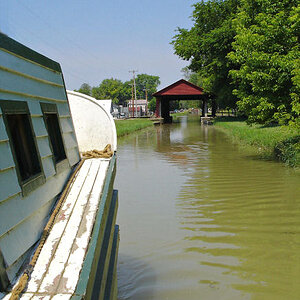

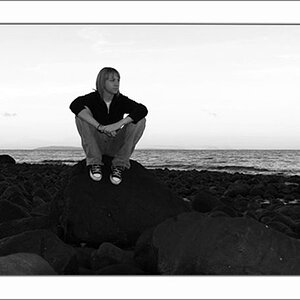
![[No title]](/data/xfmg/thumbnail/32/32696-92b490fbf42036986e97d5e60ff2b35e.jpg?1619735599)

![[No title]](/data/xfmg/thumbnail/39/39471-60497f63216ffba784d91a339e9e917e.jpg?1619739043)

